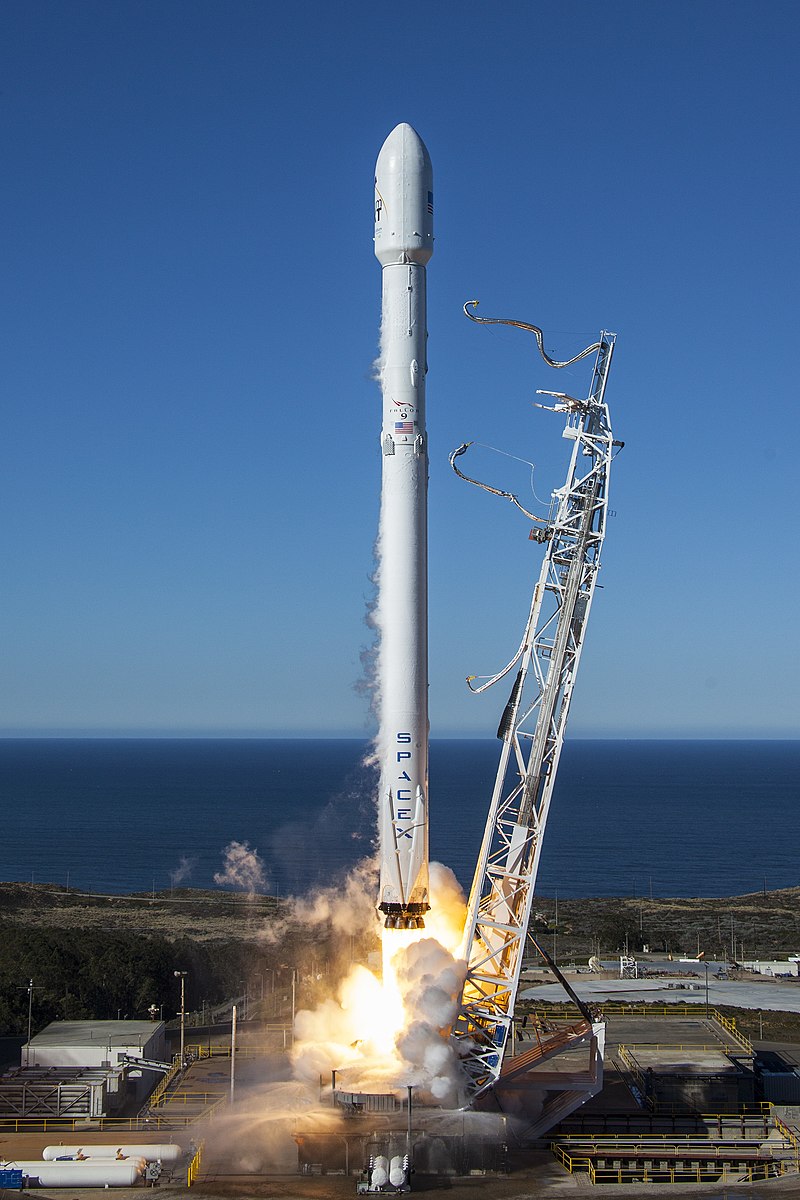johnnydeep wrote: ↑Wed Jun 01, 2022 2:31 pm
Chris Peterson wrote: ↑Wed Jun 01, 2022 1:35 am
hubert@hubwest.com wrote: ↑Tue May 31, 2022 10:04 pm
no ripples at the top because the craft is already supersonic
My first thought, as well. But no. The photographer was about 20 km from the launch, and the Sun was 5° above the horizon. So the vehicle altitude was 1.7 km, at which point its speed was 500 km/h (139 m/s). It became supersonic (1100 km/h, 305 m/s) when it reached an altitude of 8 km.
So even if the rocket was not supersonic yet, would the fact that the sound waves are more compressed at the top than the bottom explain the lack of ripples at the top of the sun?
https://www.youtube.com/watch?v=RtzG-l7lEfk
Is a lengthy old film on the sound barrier. Mainly, it shows the effect that I guessed might have been happening in the APOD -- the sound waves not being able to get much ahead of the rocket's nozzle.
And similarly, from LIVESCIENCE.COM:
https://www.livescience.com/63030-rocke ... n-dog.html
Despite what the video's title says, the rocket here is not quite traveling at supersonic speeds; if it was, the vehicle's sound waves would be falling behind the rocket in a cone shape, not blasting out in front of it like a ripple.
Here's a great photo that is similar to the APOD in a way:
https://petapixel.com/2022/05/16/navy-f ... -of-sound/
Chris determined that the rocket was only moving at about mach 0.5 at the time of the photograph.
When I re-examine the image of this APOD, I would say that the waves (seen as refraction of the edge of the solar disk) are larger and more pronounced below the rocket's nozzle, but they do appear somewhat above it, diminishing in wavelength and in amplitude, nearly to the top of the Sun.
An alternative thought (perhaps this is what you were thinking) is that it's more like the wake of a boat and is something spreading more slowly than the speed of sound.
https://www.youtube.com/watch?v=95sQcSulRFM
As the narration for the above indicates, the waves in a boat's wake are much slower than the speed of sound in water. But they're also not compression waves.
The wake of a submarine would be a better match, since the rocket is surrounded in 3D by the air. Surely the rocket is producing a wake of some sort. But in the air, any such waves are surely compression waves, so I think that once moving on their own, they always travel at the speed of sound. As this little article seems to imply:
https://howthingsfly.si.edu/aerodynamics/waves-air
Two notes that I think are correct, but that I also don't know much about: (1) The molecules in the air that are passing the compression waves on are not moving the same as the wave itself. (2) A wavefront can progress at a different speed than the speed of the wave itself, depending on how it is measured.
 Rocket Transits Rippling Sun
Rocket Transits Rippling Sun




